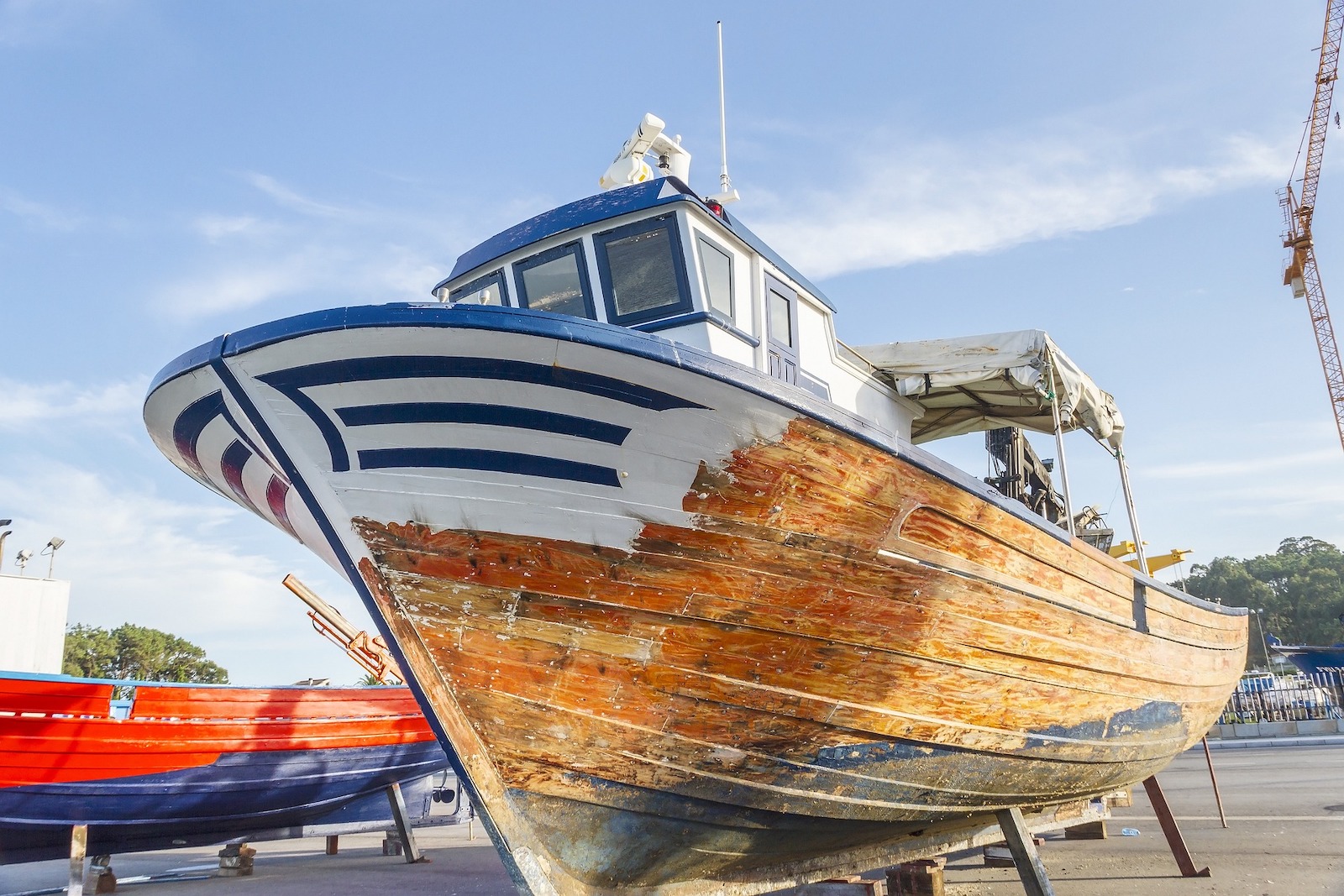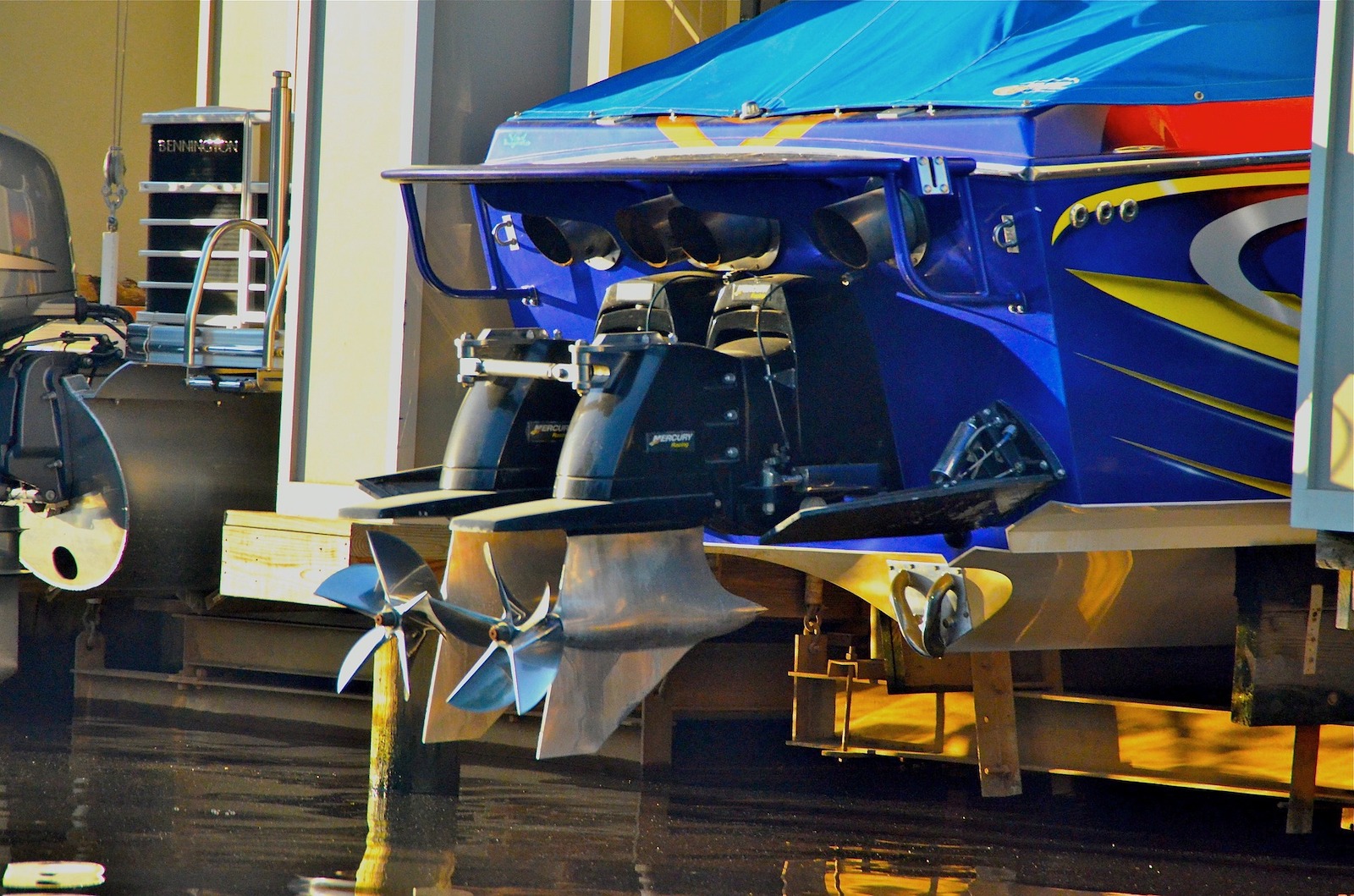Spring is approaching. And while there are few brave and not at all cold-sensitive individuals who have continued to
Spring boat maintenance: starting with the underwater hull
Where to begin with spring boat maintenance? Undoubtedly it is wise to pay attention first of all to the hull and related appendages. Those who have left the boat in water all winter will do so to check that everything is in order and to eliminate any
A look at the bilge doesn’t hurt
There is a dark corner of boats that should be brought to light quite often, to avoid unpleasant surprises. We are obviously talking about the bilge, especially for those who have left the boat in water all winter, often with the bilge pump on alert. It is therefore good to check that this part of the boat is dry, and make sure there are no bad odors; certainly, however, the spring boat maintenance period is excellent for cleaning this narrow recess.
Engine and fuel tank inspection
Whether it is inboard, sterndrive or outboard, the engine deserves some of our attention to be put back into operation safely. It is therefore better to check that all the
During this time of year, before returning to use the boat, it would be good practice to also inspect the fuel tanks, to ensure they are intact and that there are no solid deposits on their bottom: once cleaned it would be good to change the fuel filters.
Maintenance of hydraulic and electrical systems
How are the boat’s batteries? Are the
Another system to check during spring boat maintenance is the hydraulic one. So we will take a look at the
Deck cleaning
How is the deck? Does it perhaps need polishing? In the case of teak decks, it might be appropriate to do a treatment to keep it young and beautiful. Then portholes, hatches, lifelines, stanchions and so on should be checked and cleaned, treating the metal parts with appropriate protectants (starting with simple petroleum jelly).
Spring boat maintenance: time to clean the interior too
During spring boat cleaning one obviously cannot forget the interior: the advice is to bring out everything that is below deck, so as to let it get some air and facilitate cleaning. Let’s open everything, circulate the air and reduce humidity, wash all textiles, and sanitize surfaces.
Optional: tender and sails
Those who have a sailboat will obviously need to pay extra attention, going to check the entire sail system. This is not only about checking the sails, but rather also a comprehensive inspection of the system made up of cables, eyebolts, turnbuckles, stoppers, spreaders, winches, blocks and so on, so as to identify small damage, mechanisms to replace, and elements at risk of breaking: much, much better to prevent.
Then there is the tender chapter, for all boats that are equipped with one. Here one must essentially repeat on a small scale everything that has already been done on the main vessel, from cleaning the hull and tubes to checking the possible outboard engine.
After completing this long maintenance session – which except for smaller and better-maintained boats, can really take quite a lot of time – the moment has finally arrived to cast off the moorings. What can we say: we can’t wait to see you at our tourist port in Genoa, to start the 2023 boating season in the best way!





